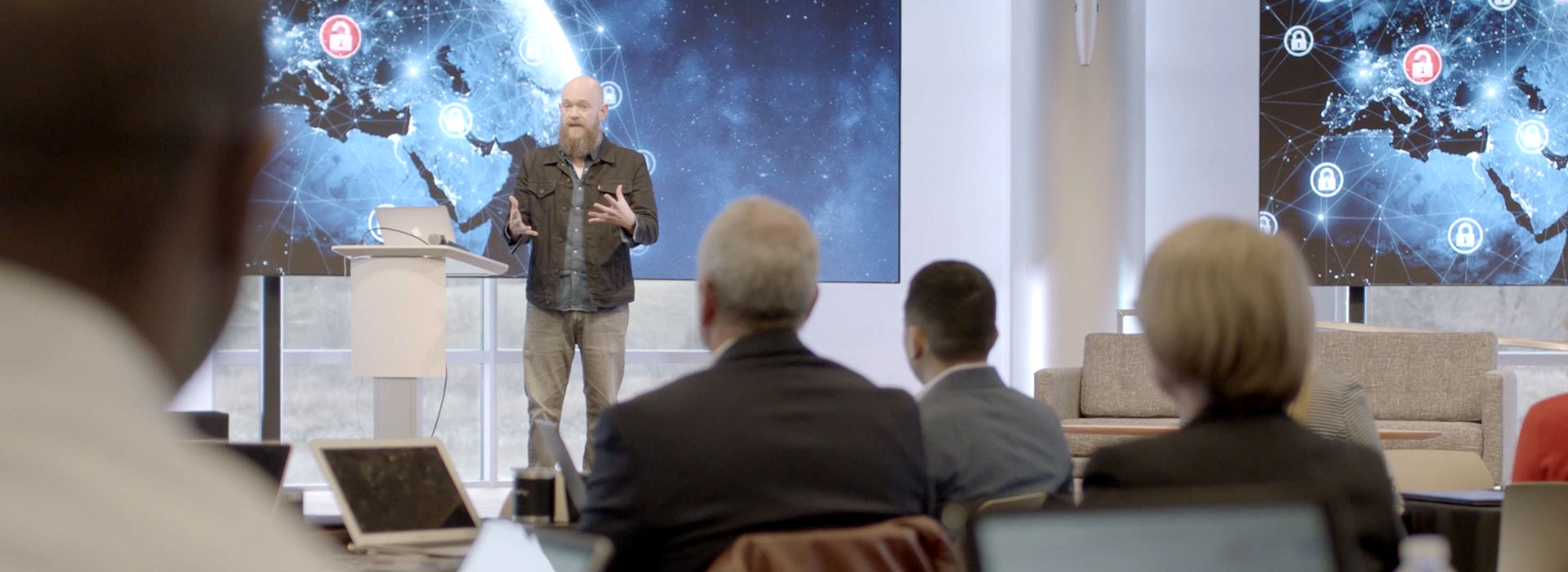
Cybersecurity in 10 years: How to protect against all the possibilities
January 5, 2021The accelerating pace of technology means cybercriminals are quickly evolving too, ever adapting traditional methods of fraud to new circumstances and freshly vulnerable targets — 2020 saw a surge in ransomware attacks on hospitals already struggling with the pandemic, for example.
With the growth of connected devices and smart infrastructure and the use of robots and drones, opportunities for fraud and other cybercrime are increasing, and the motivation to commit it is expanding beyond pure financial gain to political or ideological goals.
That’s why Mastercard and its partners have embraced a methodology called threatcasting. We regularly gather together diverse experts to envision and plan systematically for threats 10 or more years into the future. In these exercises, analysts look beyond the cybersecurity threats at hand to track potential scenarios based on social science, economics and technical research.
“There is not just one capital-F ‘Future,’ especially when we’re thinking about the future of security and the future of financial systems,” says Brian David Johnson, a professor of practice at Arizona State University’s School for the Future of Innovation in Society and director of ASU’s Threatcasting Lab.
“We get a group of people together to look at multiple futures across the world, multiple futures involving different types of people, and we do it multiple times,” he says. “It takes that breadth of futures and allows us to concoct all the different futures and then take a step back and say, OK, what do we need to do as an organization, what do we need to do as an industry to prepare for those futures?”
In this video from Mastercard’s threatcasting session in February 2020, Mastercard’s Deputy Chief Security Officer Alissa “Dr. Jay” Abdullah talks with Johnson about threatcasting, how it works and what it takes to disrupt the future.
-
2020
- Cybersecurity in 10 years: How to protect against all the possibilities